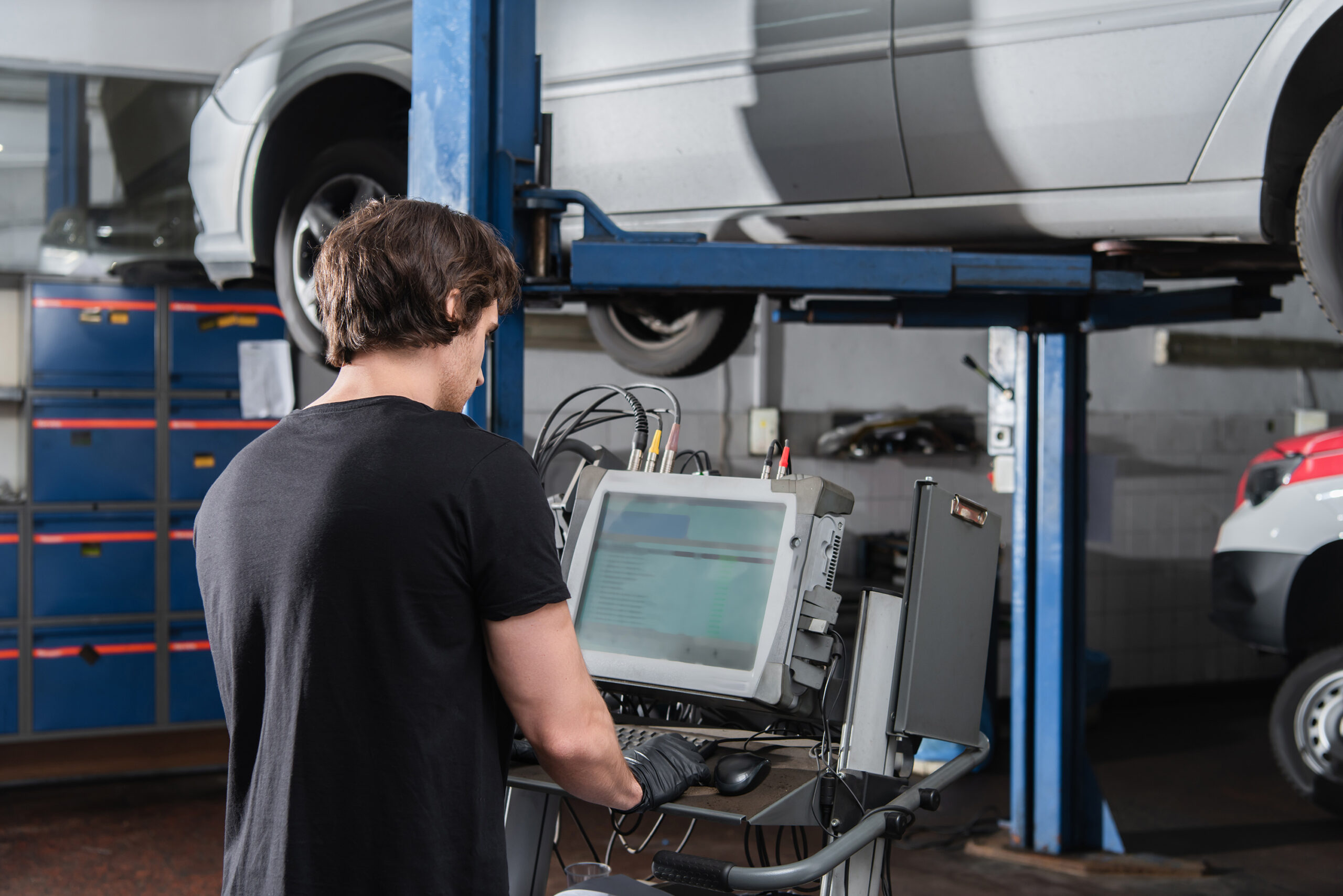
The introduction of connected technology in the MOT check process represents a significant advancement in ensuring vehicle roadworthiness in the UK. This technology aims to enhance the accuracy of MOT checks, streamline the testing process, and reduce the potential for errors and fraud. Let’s delve into how connected technology is transforming the MOT test and what it entails for vehicle owners.
The Evolution of MOT Testing
The MOT test is a critical evaluation that vehicles over three years old must undergo annually in the UK to verify their safety and compliance with environmental standards. The process involves a comprehensive inspection of various vehicle components at authorized testing centers.
Enhancements in MOT Testing Service
The DVSA has revamped its approach to MOT testing by integrating connected equipment. This innovation aims to directly transmit test data to the DVSA’s central system, minimizing manual data entry errors and enhancing the test’s reliability. Such automation ensures that the MOT status you check is both up-to-date and accurate.
Key Areas of Connected Equipment Integration
- Brakes: Brake roller testers, which assess a vehicle’s braking force, now automatically send test results to the DVSA, ensuring accurate and tamper-proof records.
- Emissions: Equipment testing for exhaust emissions and diesel smoke connects directly to the system, flagging any vehicles that exceed the legal limits for pollutants.
- Headlights: Advanced testing equipment now automatically evaluates headlights for proper alignment, reducing the risk of overlooking issues that could impair visibility or dazzle other drivers.
The Role of Connected Lanes
Connected test lanes are mandatory in testing centers, allowing for seamless data collection and transmission. This setup minimizes human error in interpreting test results, providing a more objective assessment of vehicle compliance.
Transition to Connected Equipment
All new MOT stations are required to employ connected technology, and existing stations must upgrade to these systems when replacing old equipment. This move towards mandatory connected equipment reflects the DVSA’s commitment to enhancing test accuracy and efficiency.
Manual Inspections Remain Crucial
Despite the advancements in connected technology, certain vehicle aspects still require manual inspection. These include the vehicle’s body condition, suspension, steering system, and interior components like seat mountings and safety belts.
Quality Control and Retesting
The DVSA has introduced quality control measures, including the possibility of retests to ensure the consistency and reliability of MOT results. This step further underscores the importance of accuracy in the MOT process.
Checking MOT Status and History
Vehicle owners can easily check the MOT and tax status of their vehicles online through the government’s official website. This accessibility ensures that you can stay informed about your vehicle’s compliance status and upcoming test dates.
Conclusion
Connected technology significantly enhances the MOT check process, making it more accurate and efficient. By reducing manual data entry and automating the collection of test results, the DVSA aims to ensure that vehicles on UK roads meet strict safety and environmental standards. As a vehicle owner, you benefit from a more reliable assessment of your vehicle’s roadworthiness, contributing to safer driving conditions for everyone.


